Tuesday, 8.43am, Milton Keynes Coachway: Britain’s latest and most powerful electric car charging station, installed by Ionity in a corner of Milton Keynes’ park and ride bus station, consists of four charging bays. And right now, it just so happens that we’ve got four EVs with batteries to brim ahead of an Autocar group test with a twist. What luck.
Pretty soon, the brand-new Mercedes-Benz EQC that I’ve brought along – the newest boy in the electric luxury car class – is joined by fairly recent arrival the Audi E-tron, electric SUV old boy the Tesla Model X and current class favourite the Jaguar I-Pace. With the hum of flowing current and cooling fans that duly ensues, it’s as if we’re in some giant, open-air computer server cupboard.
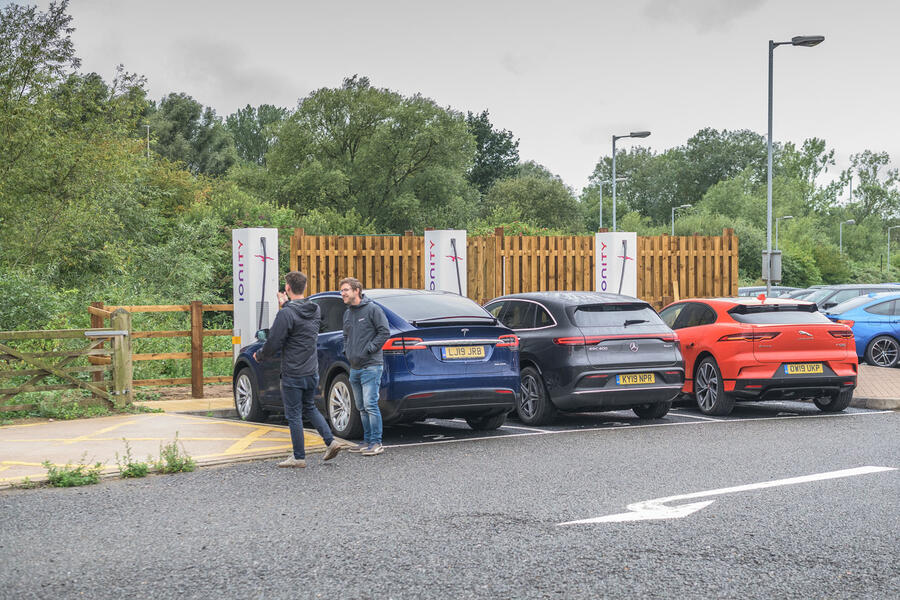
Plugged in and topped up, the Tesla makes the grandest promises – 287 miles of battery range advertised, compared with only 226 miles for both the Audi and Jaguar, joint least. Will any of those advertised range figures be enough to complete our planned convoy road trip to the Severn Estuary and back, though? And over the next 250 miles and 36 hours, which of these cars will prove itself to be the most practical, usable and all-round convincing electric luxury car in a newly metal-swollen niche of the market?
Today, we’re heading to the Severn Bridge to overnight, via some dependably good roads for photography and driving, as a test of real-world, mixed-route energy efficiency and range. Tomorrow, we’ll turn around and head back, testing the current reliability and scope of the UK’s rapid charging network, as well as the various respective capacities of our cars to access and navigate it. Much as it would make life simple to say, here and now, that the first car to return to the point from which we’re about to depart will be our winner, I suspect the truth won’t be quite so straightforward.

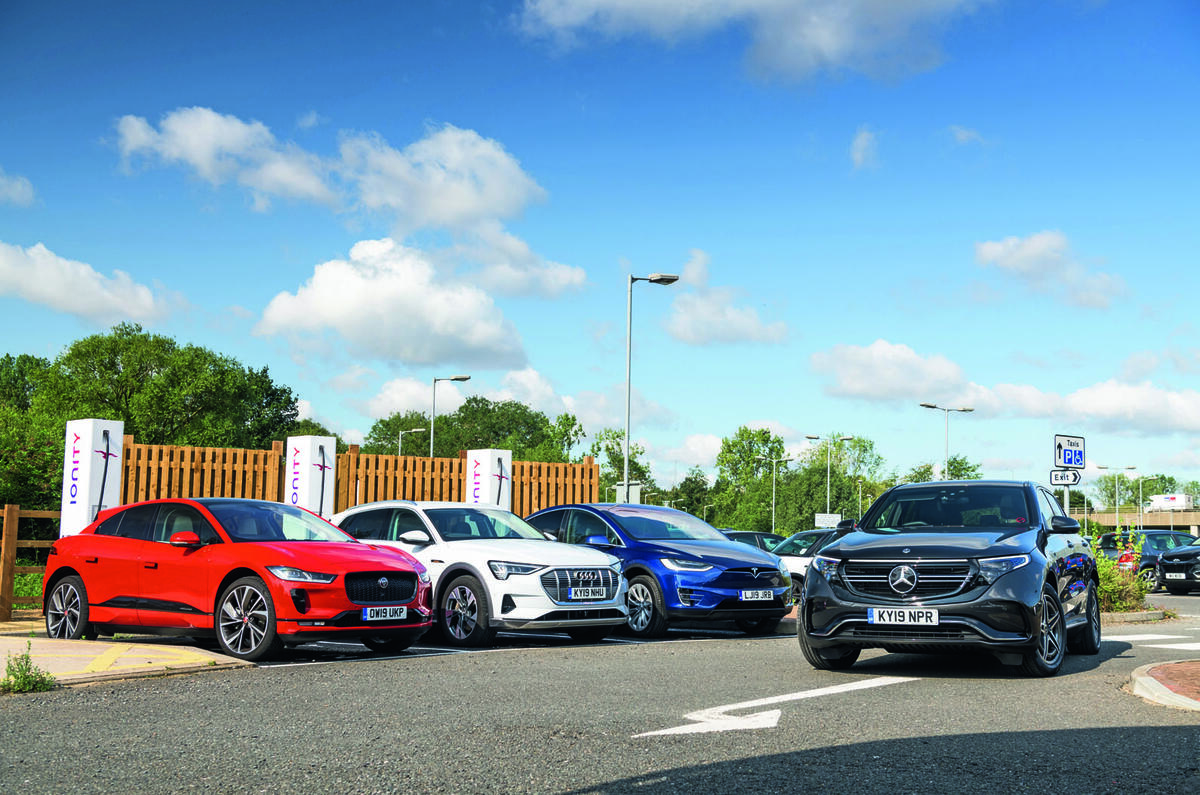
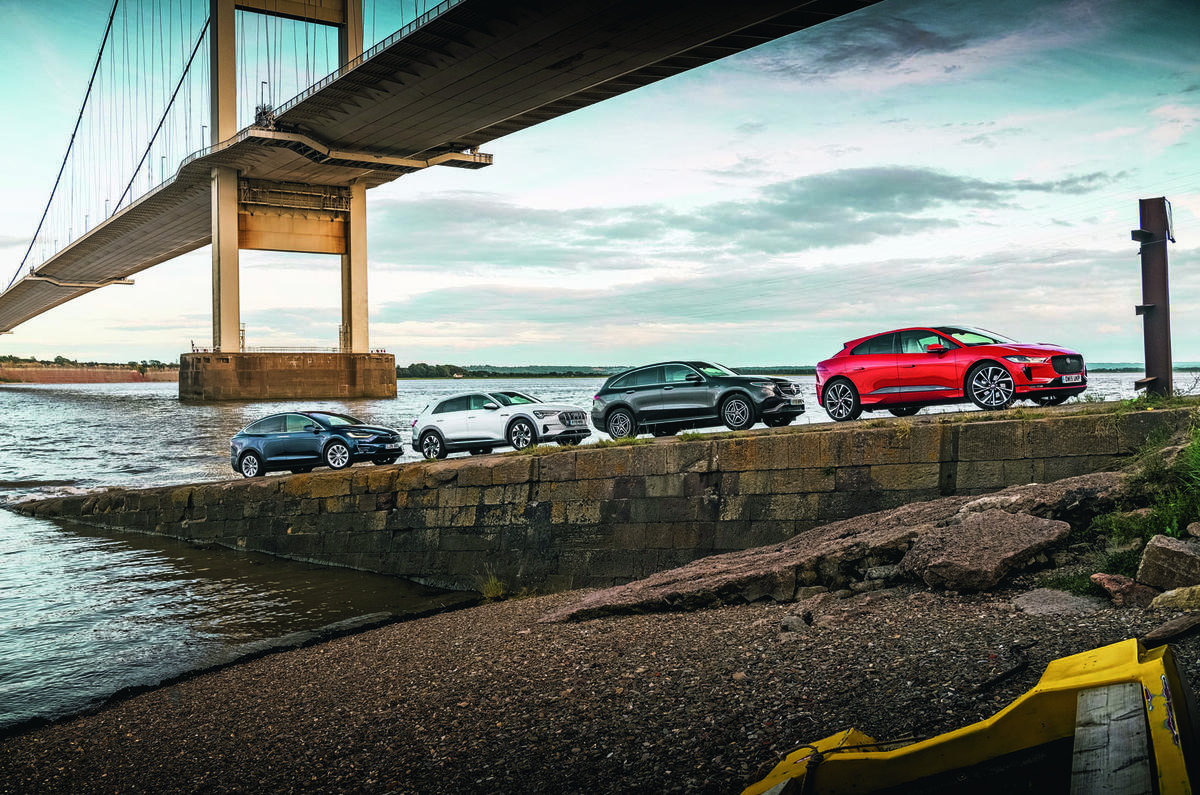


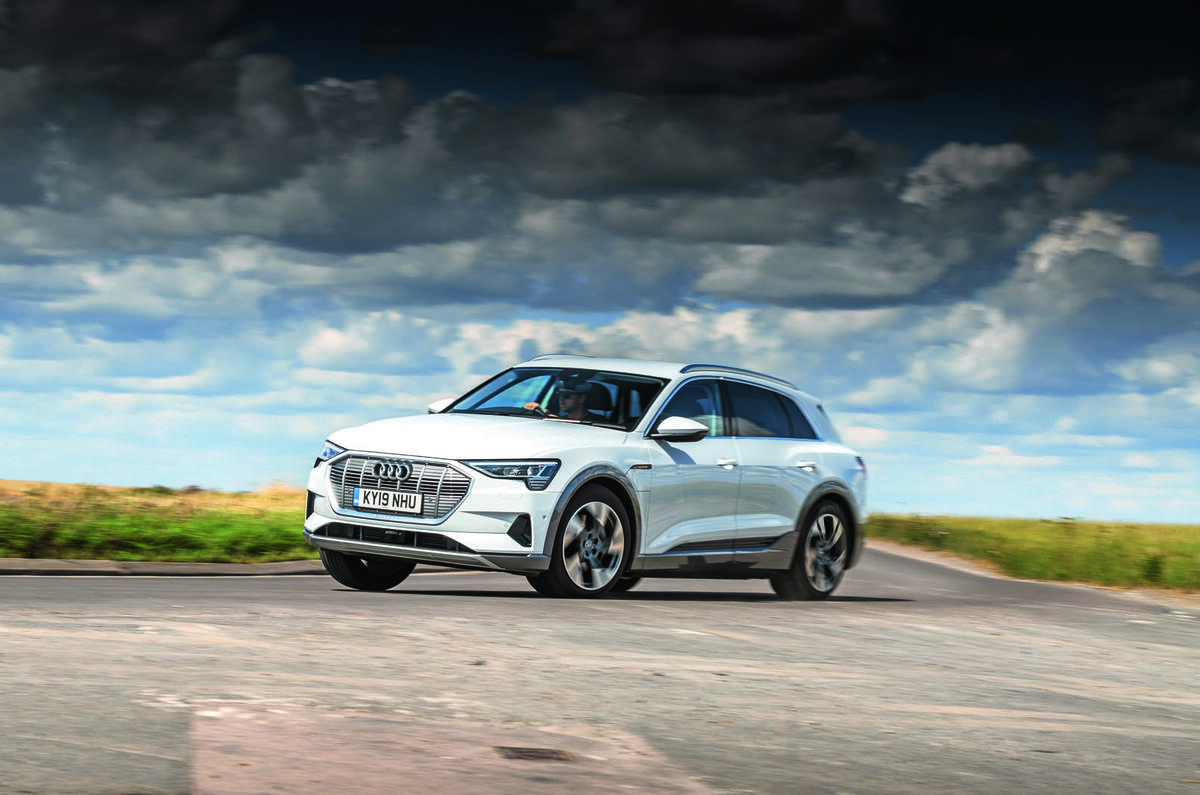
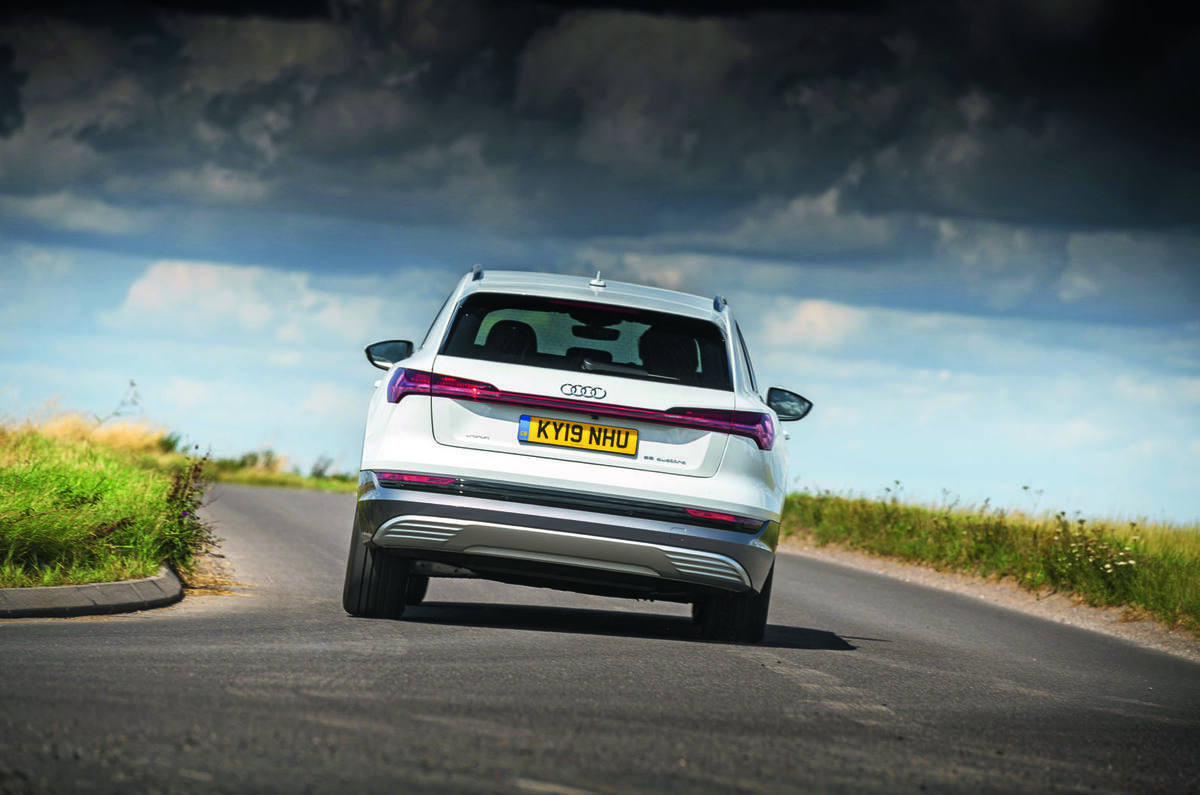

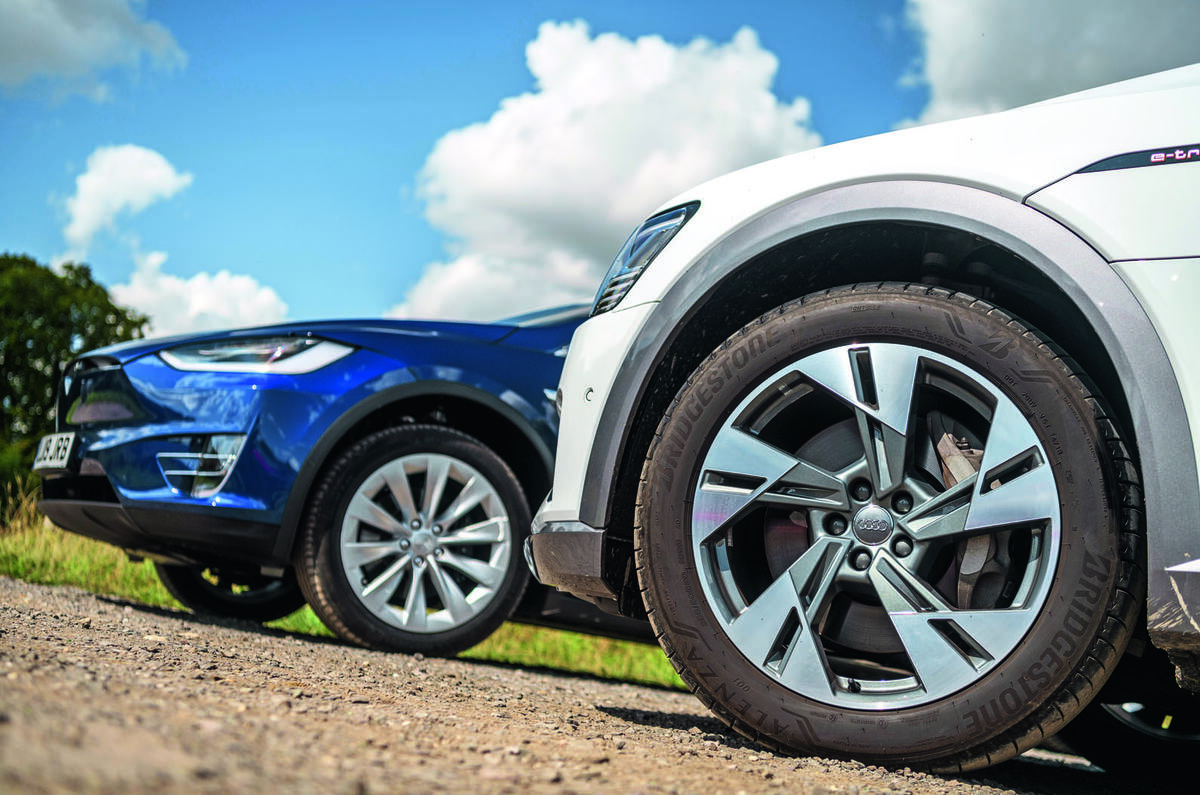


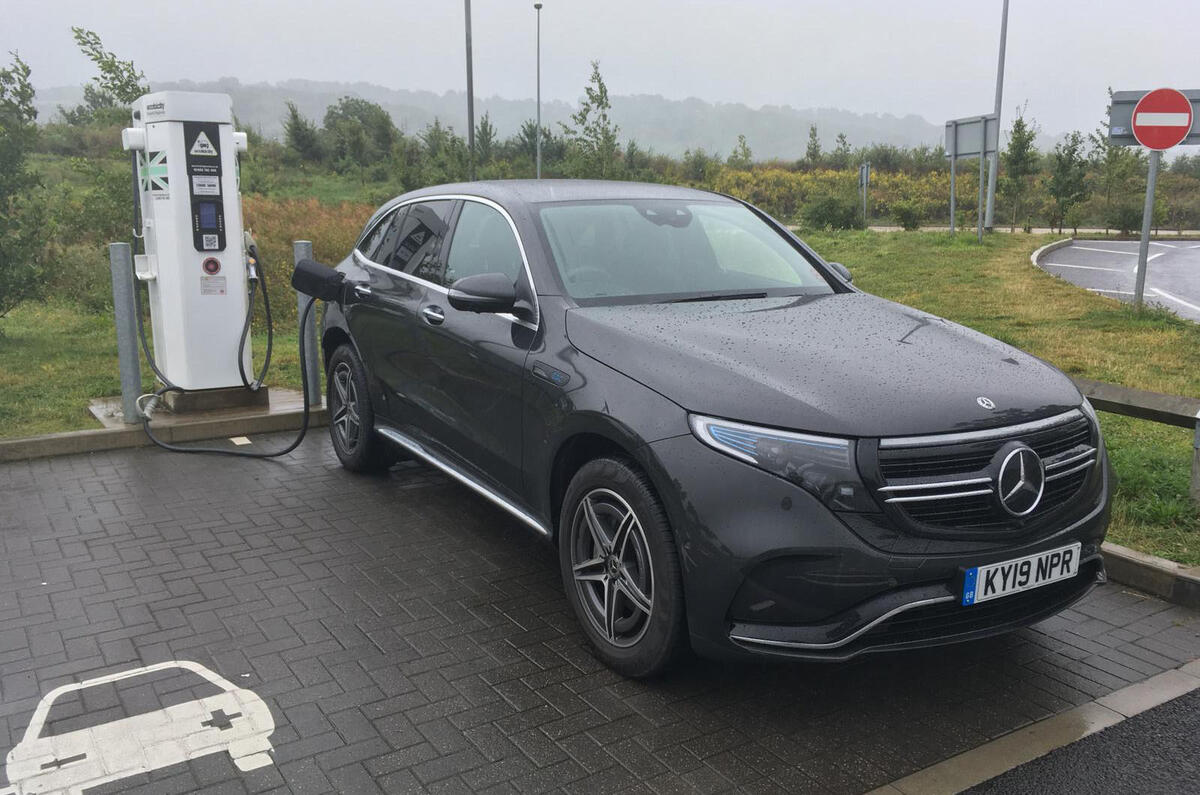
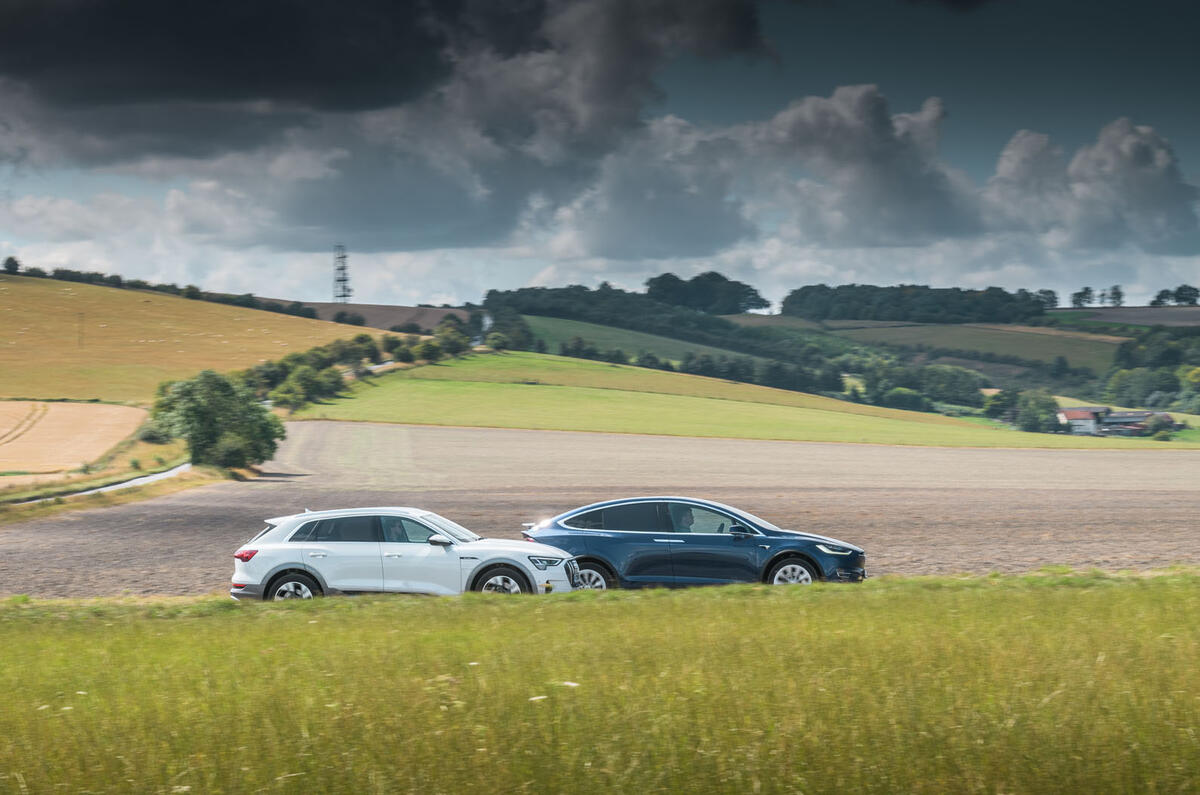

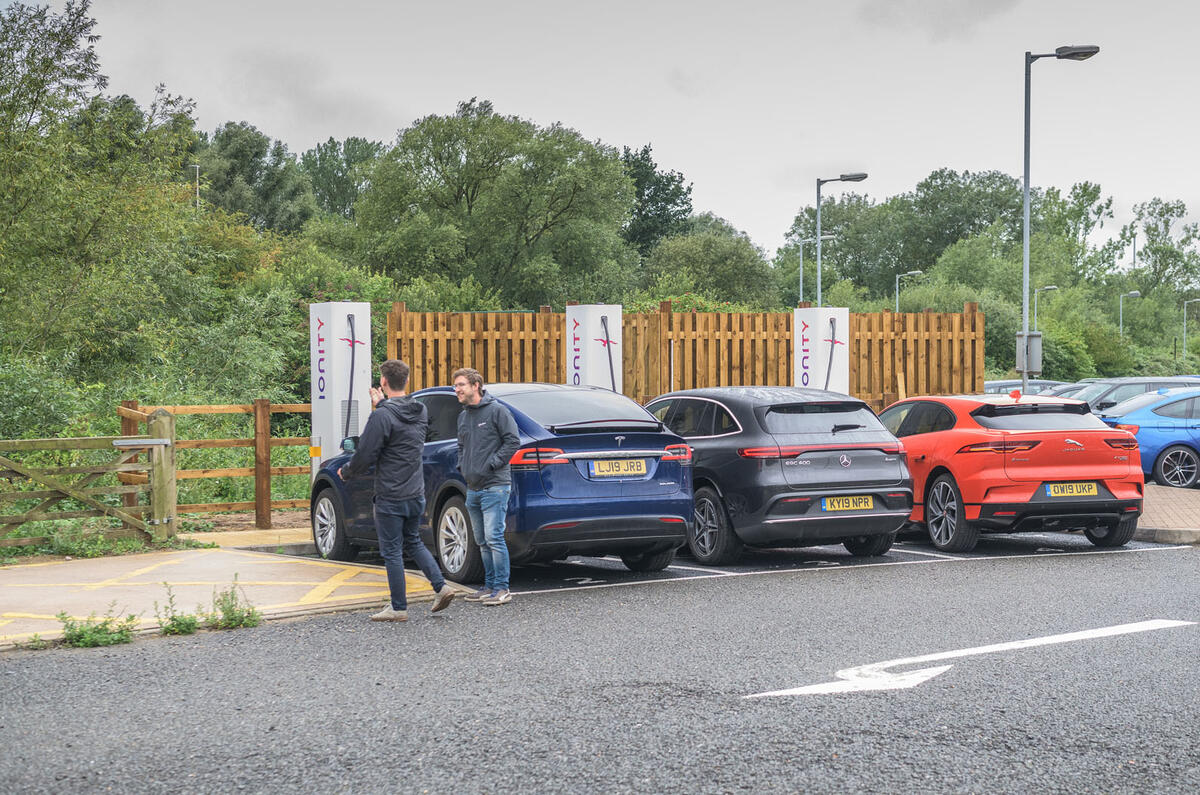
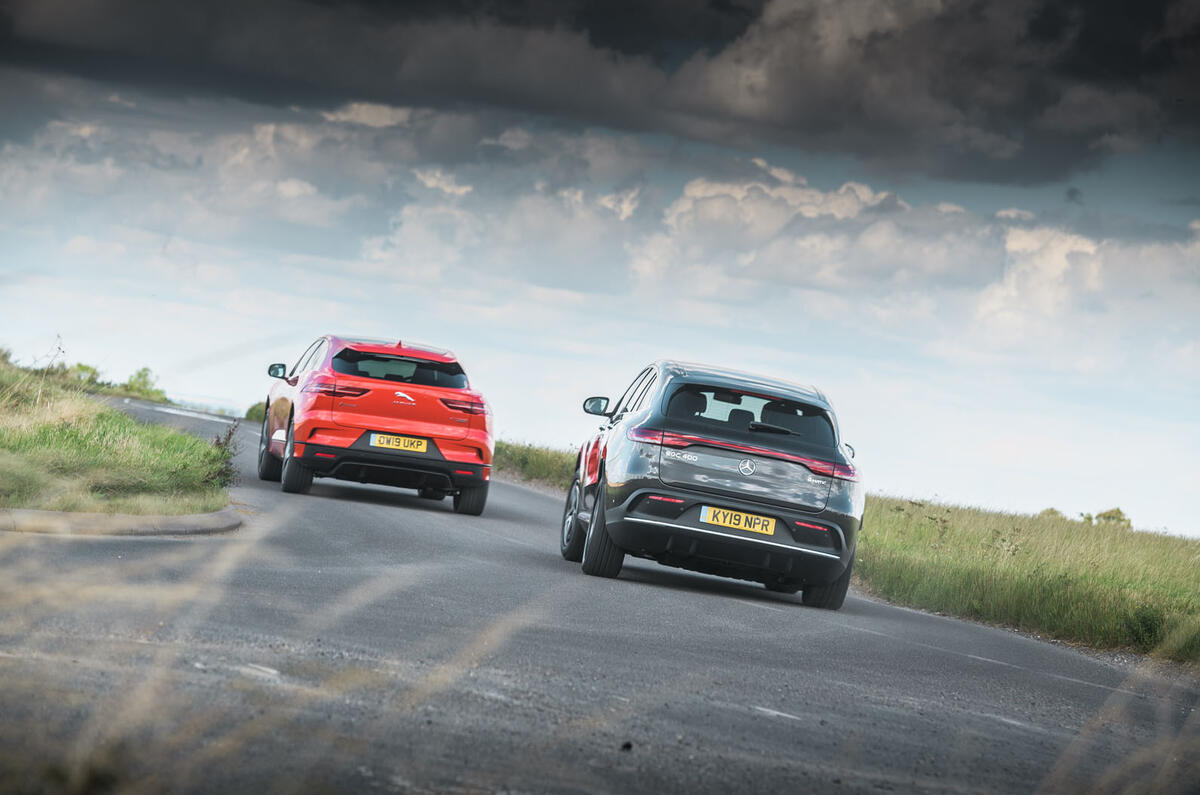

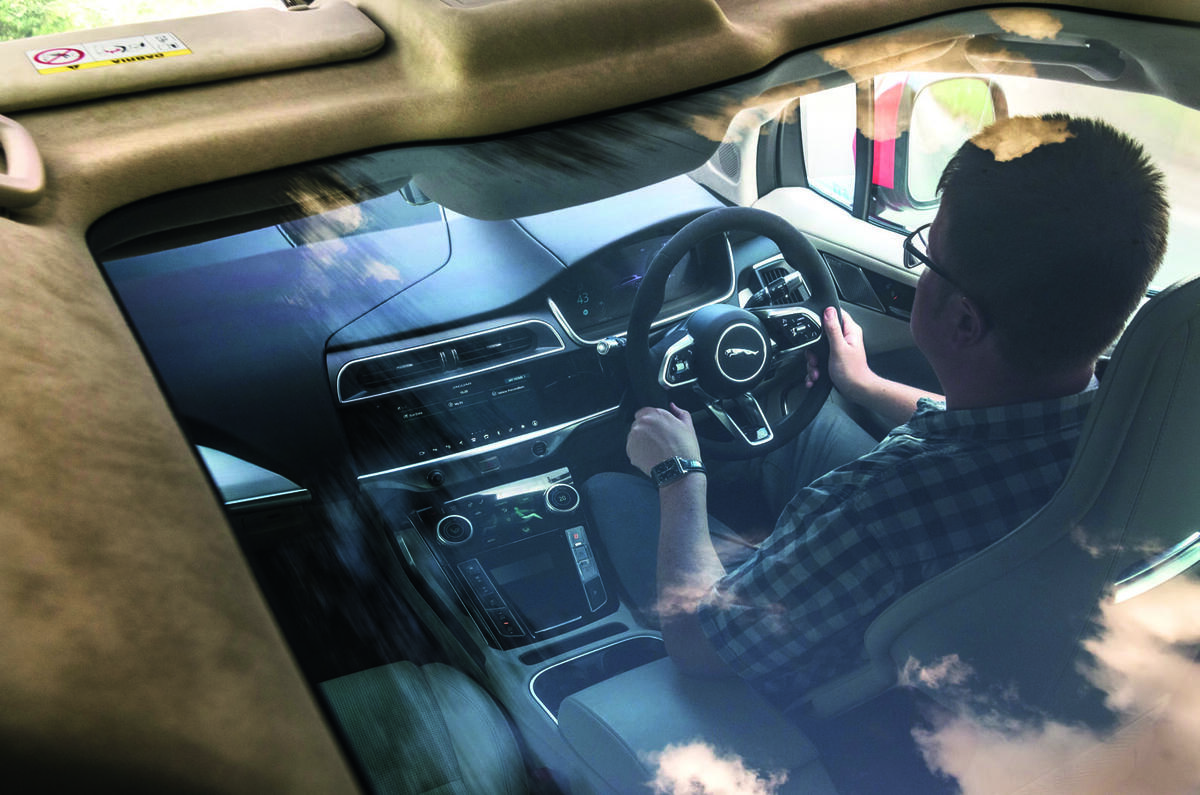
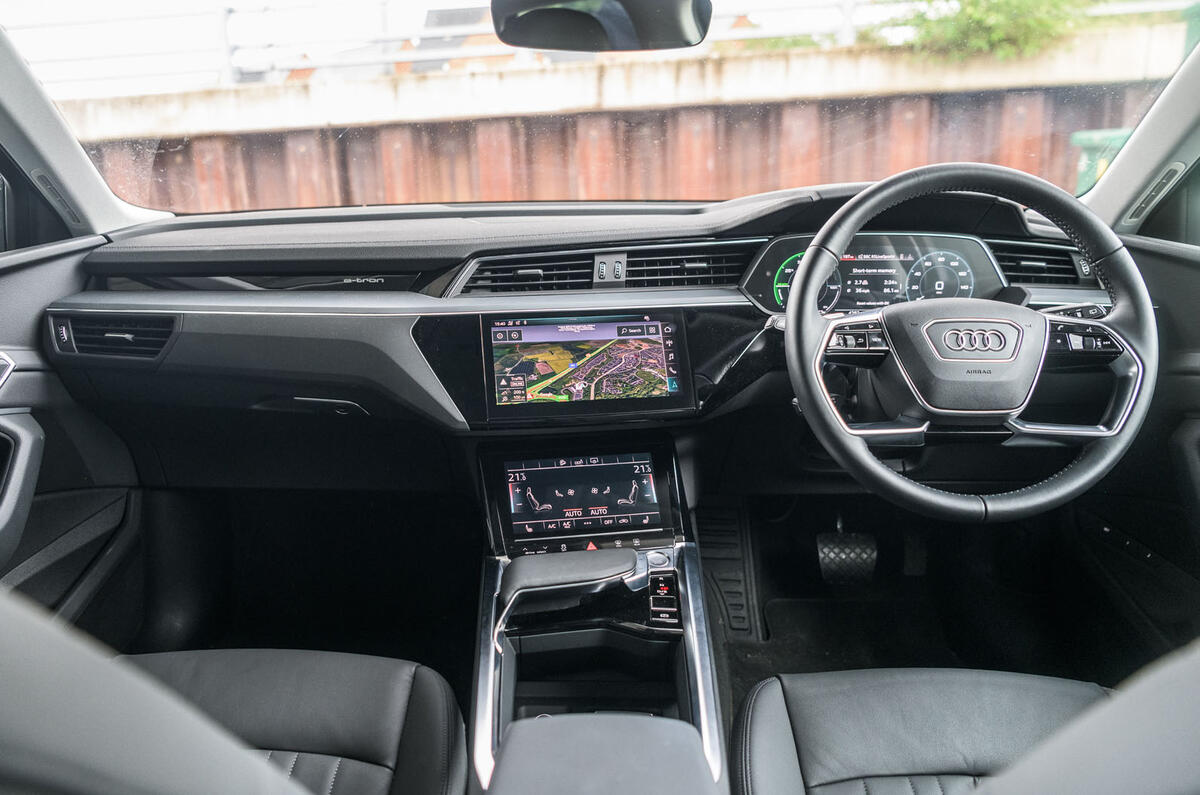
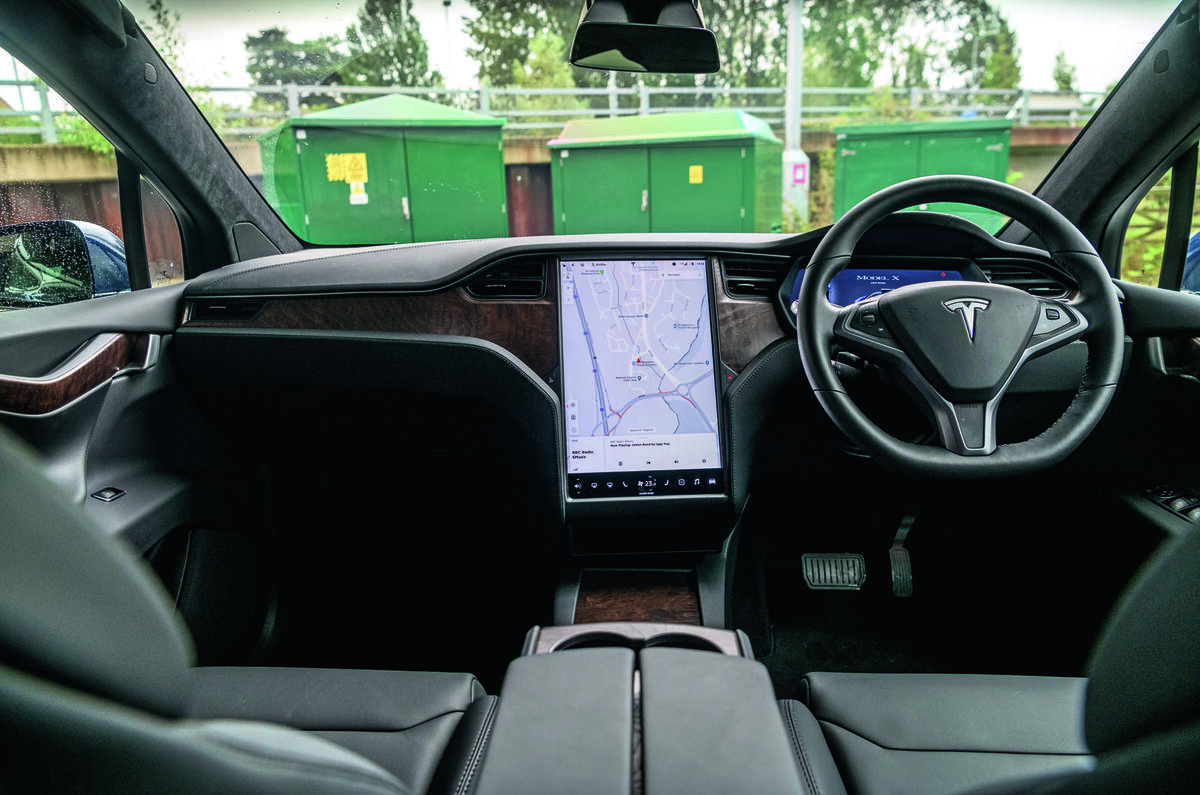
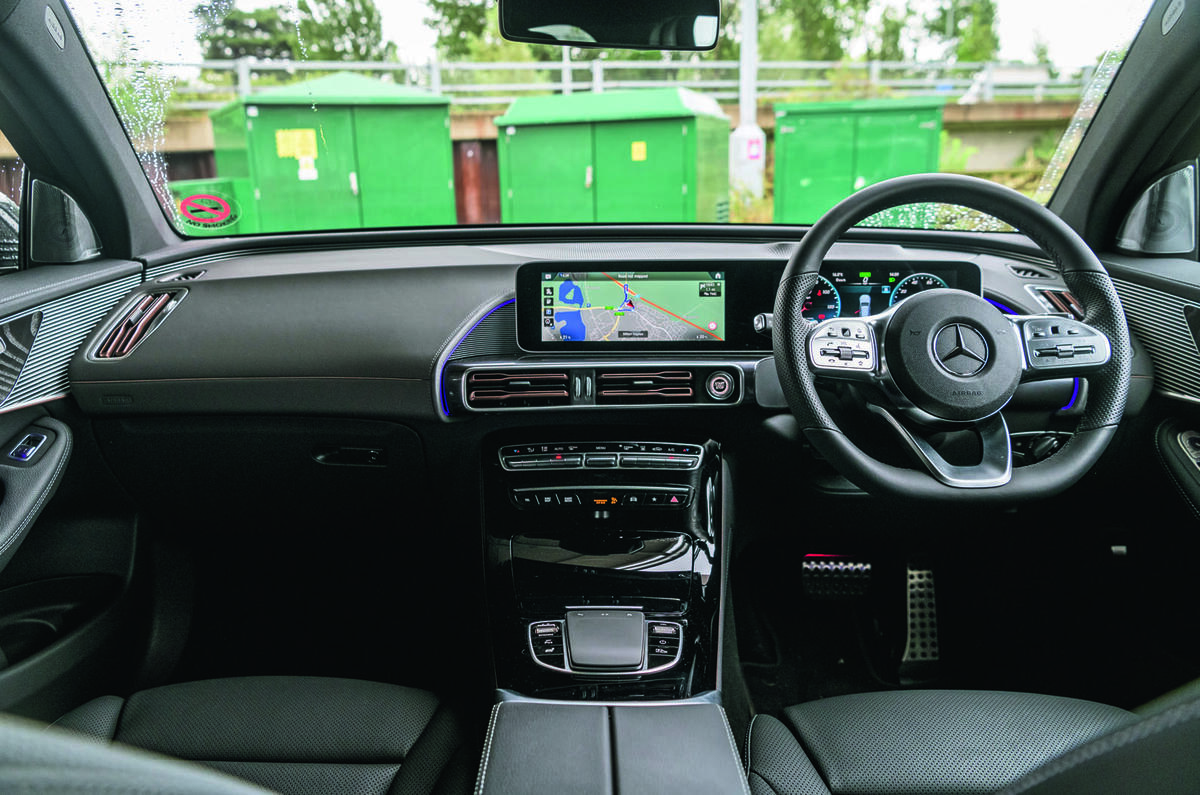
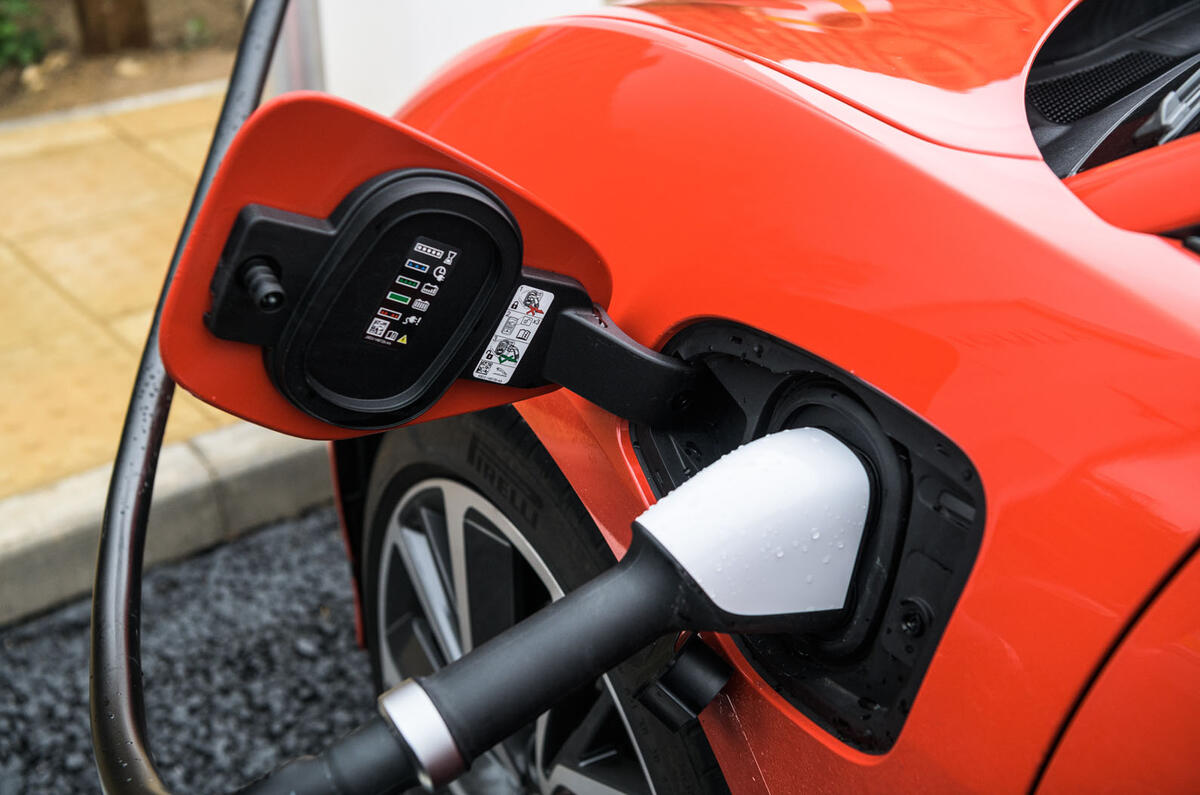
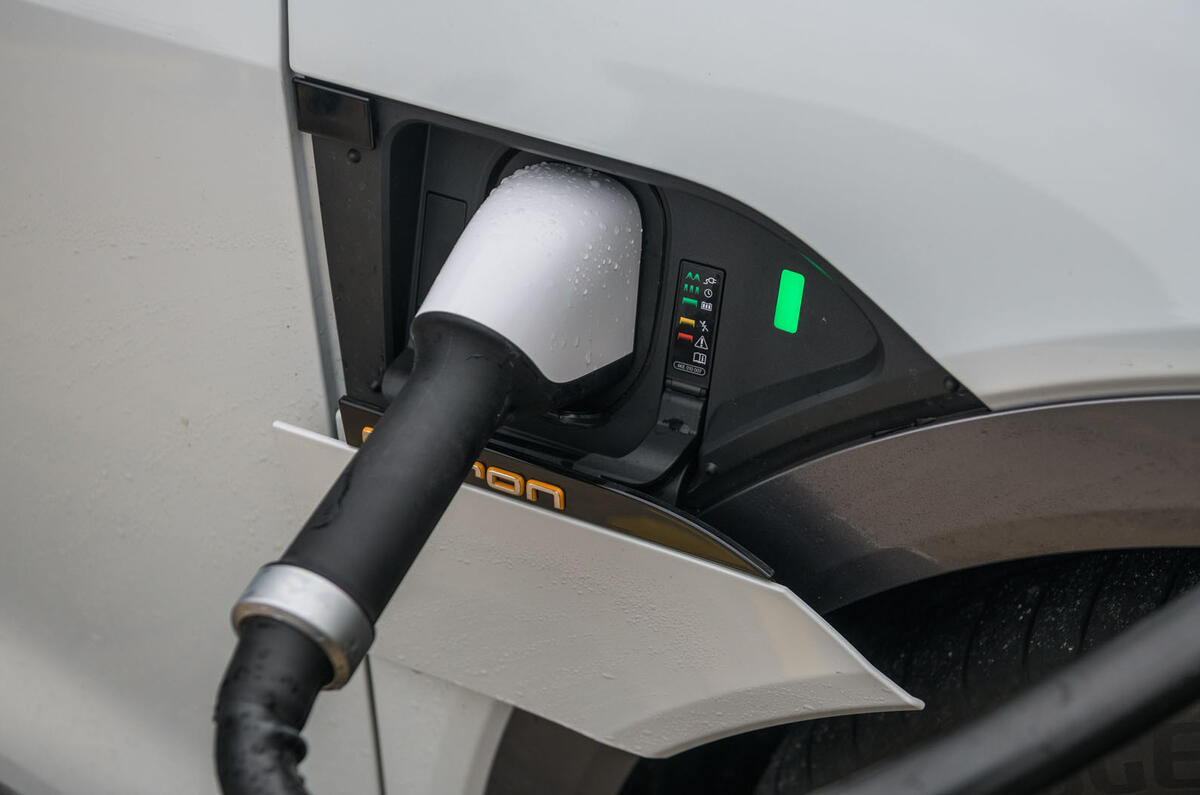
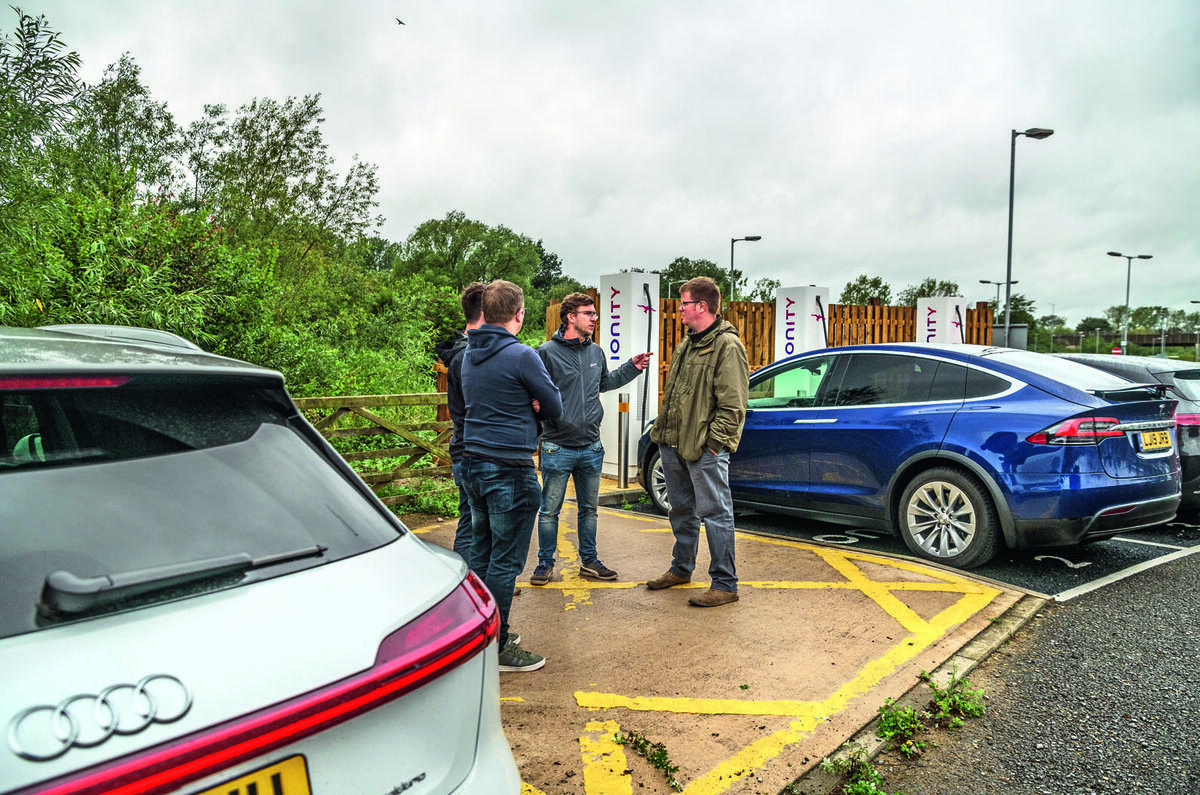
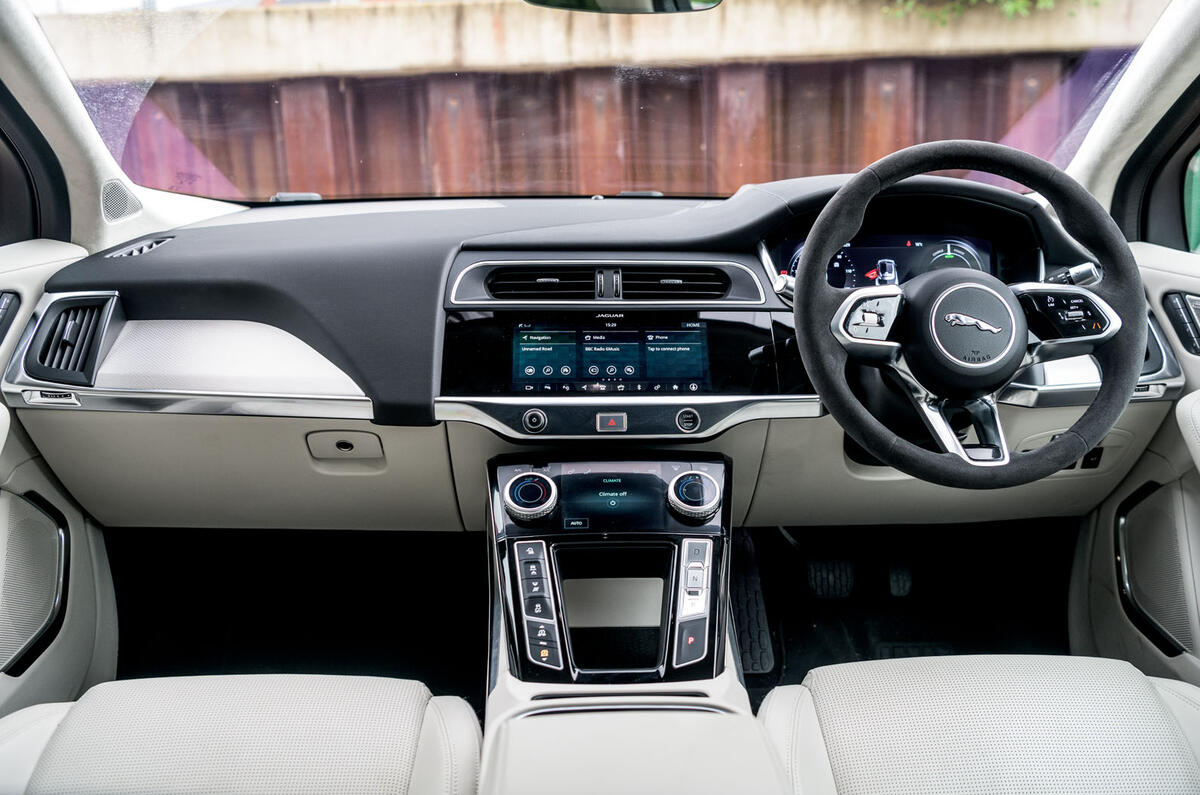
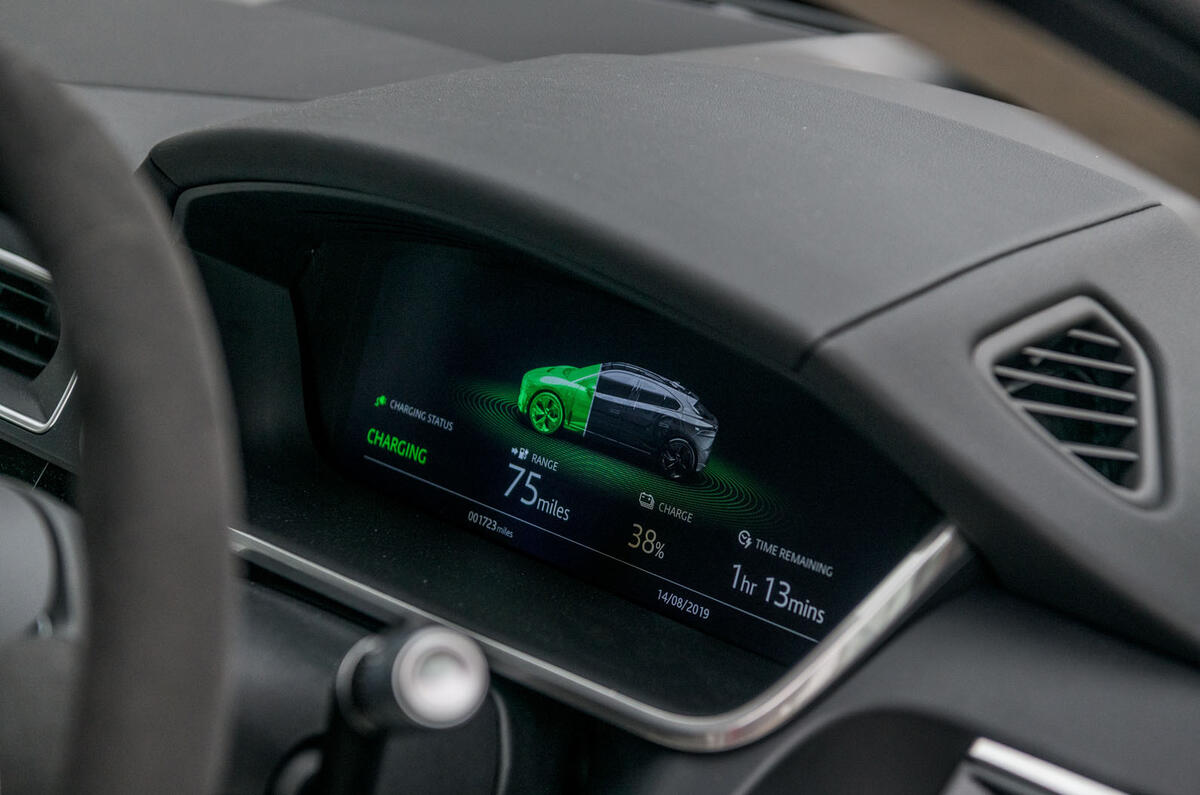
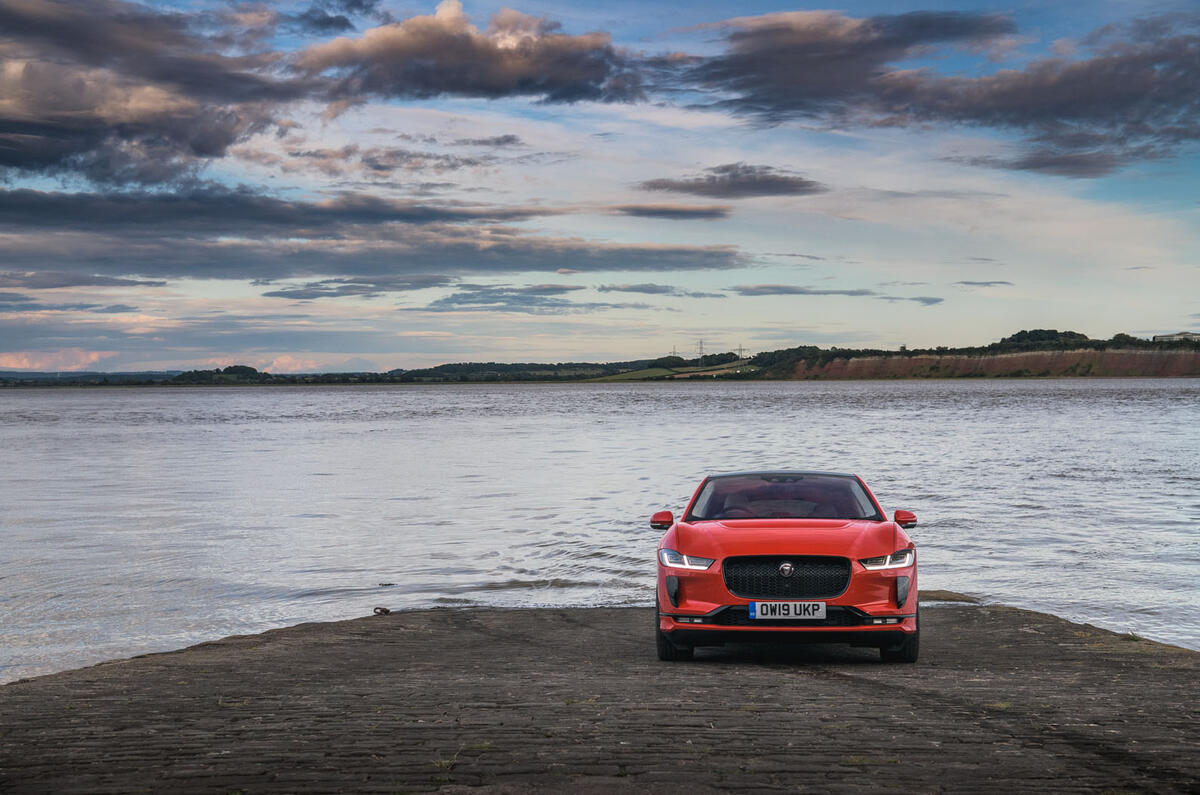

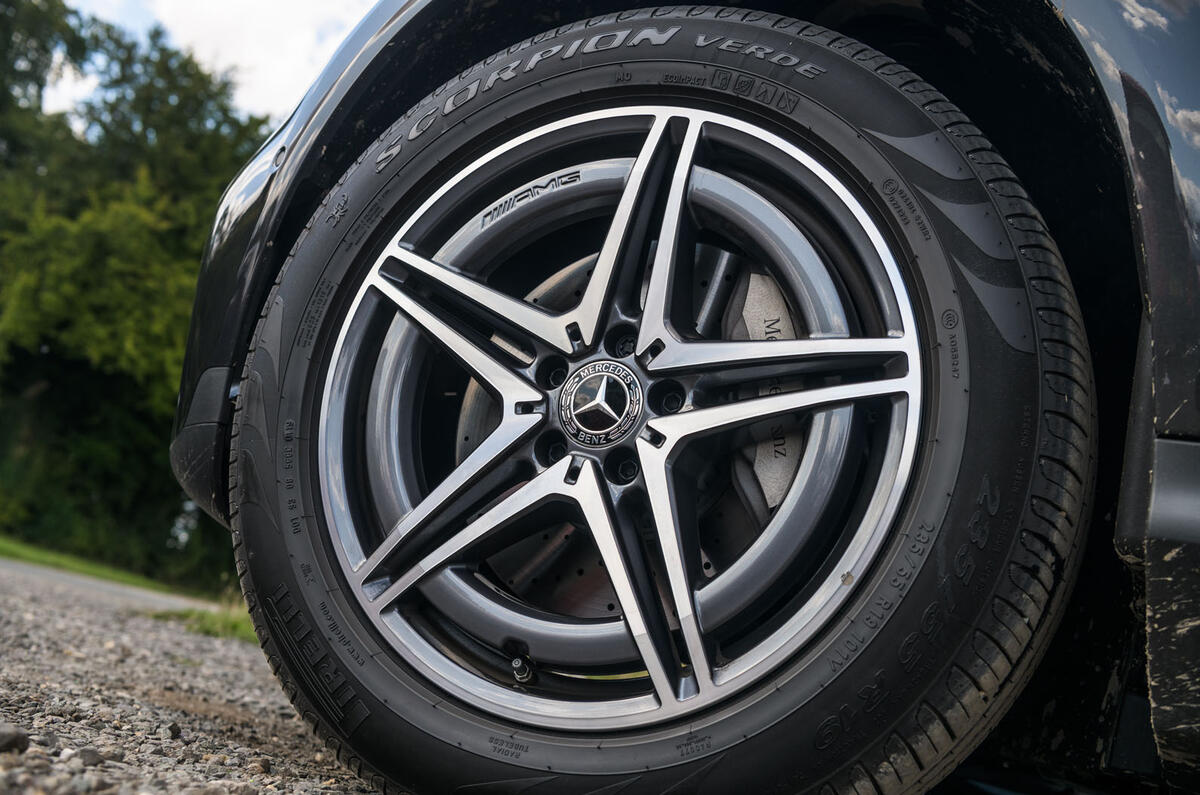

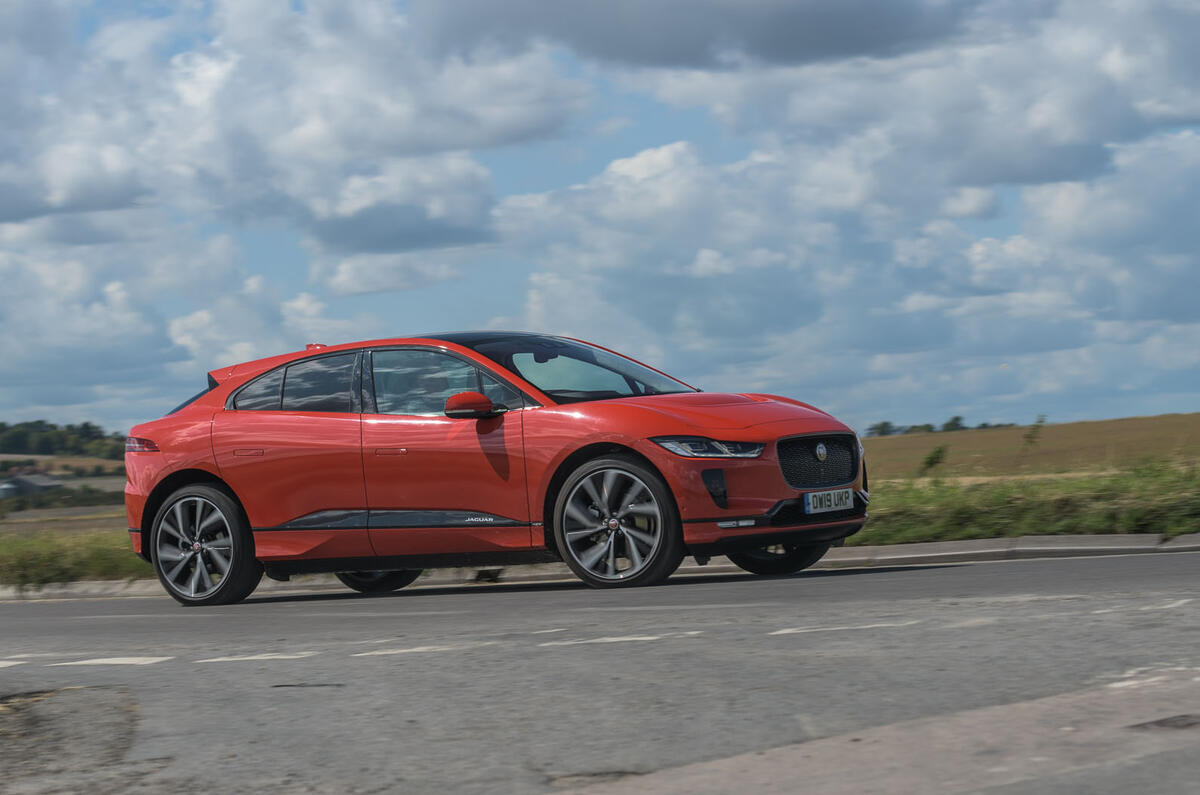
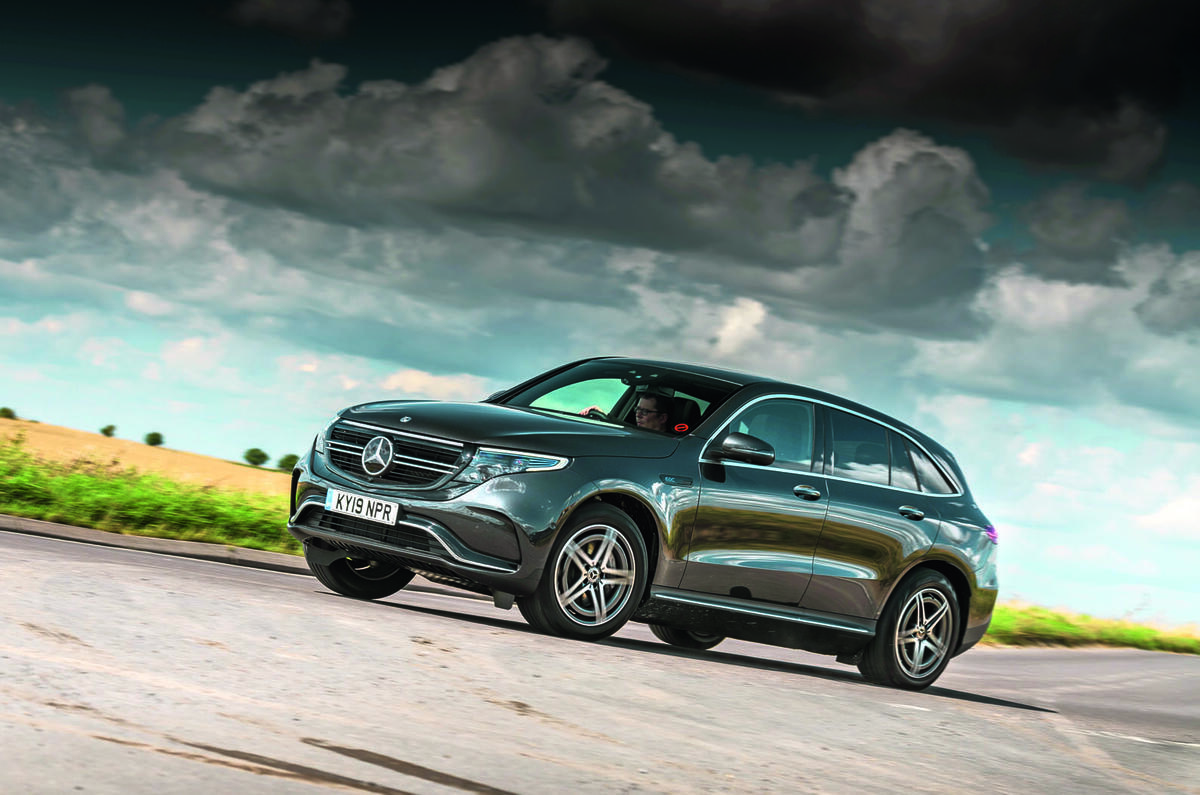
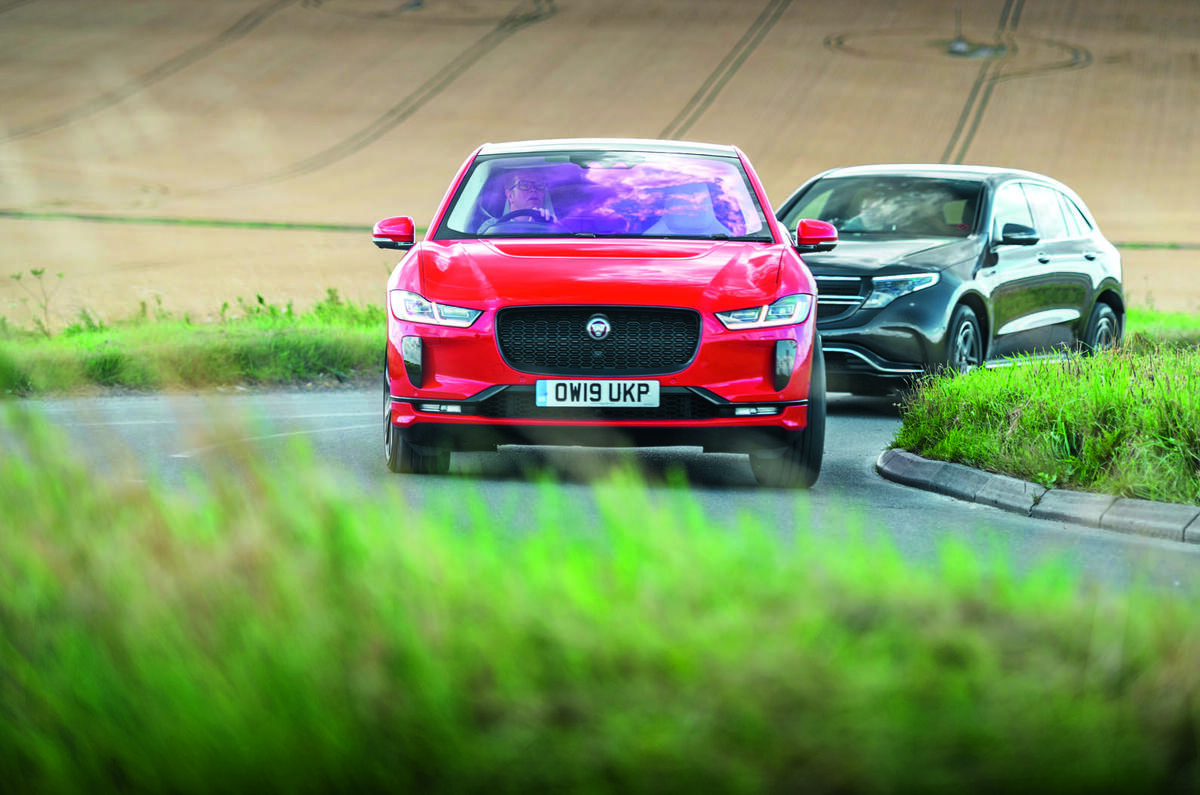

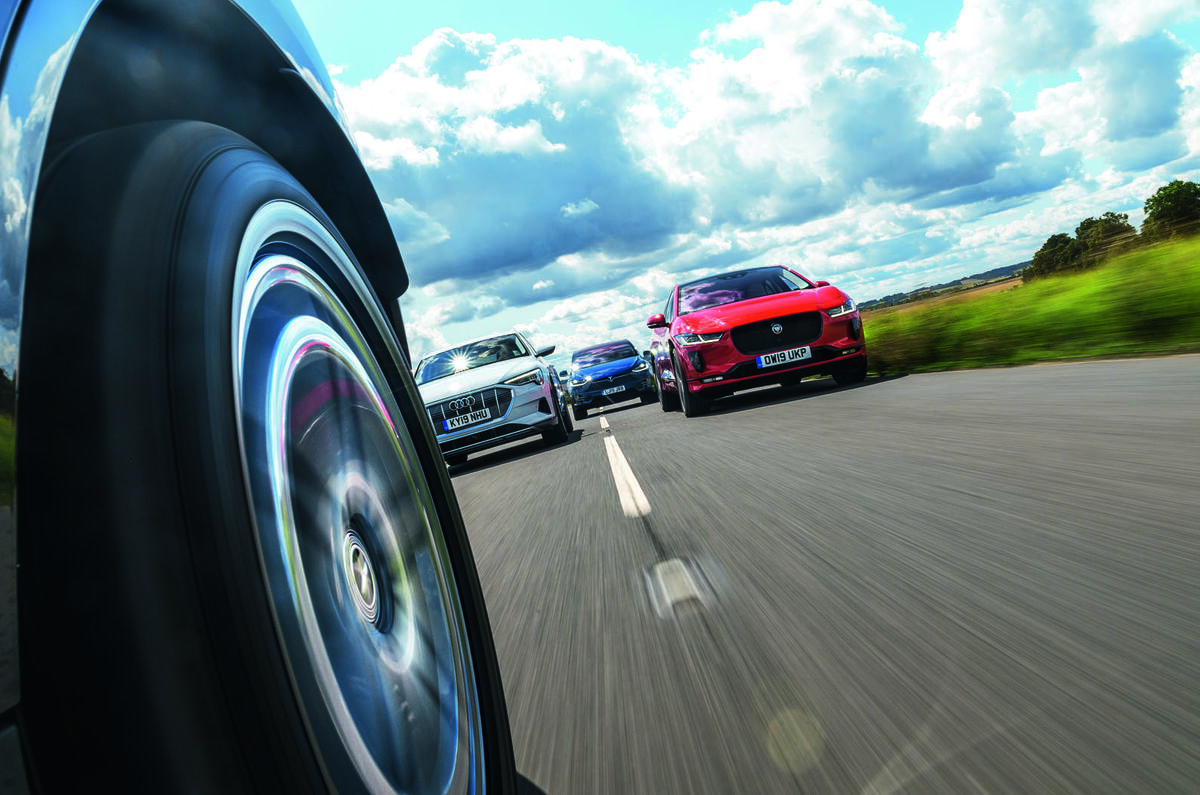
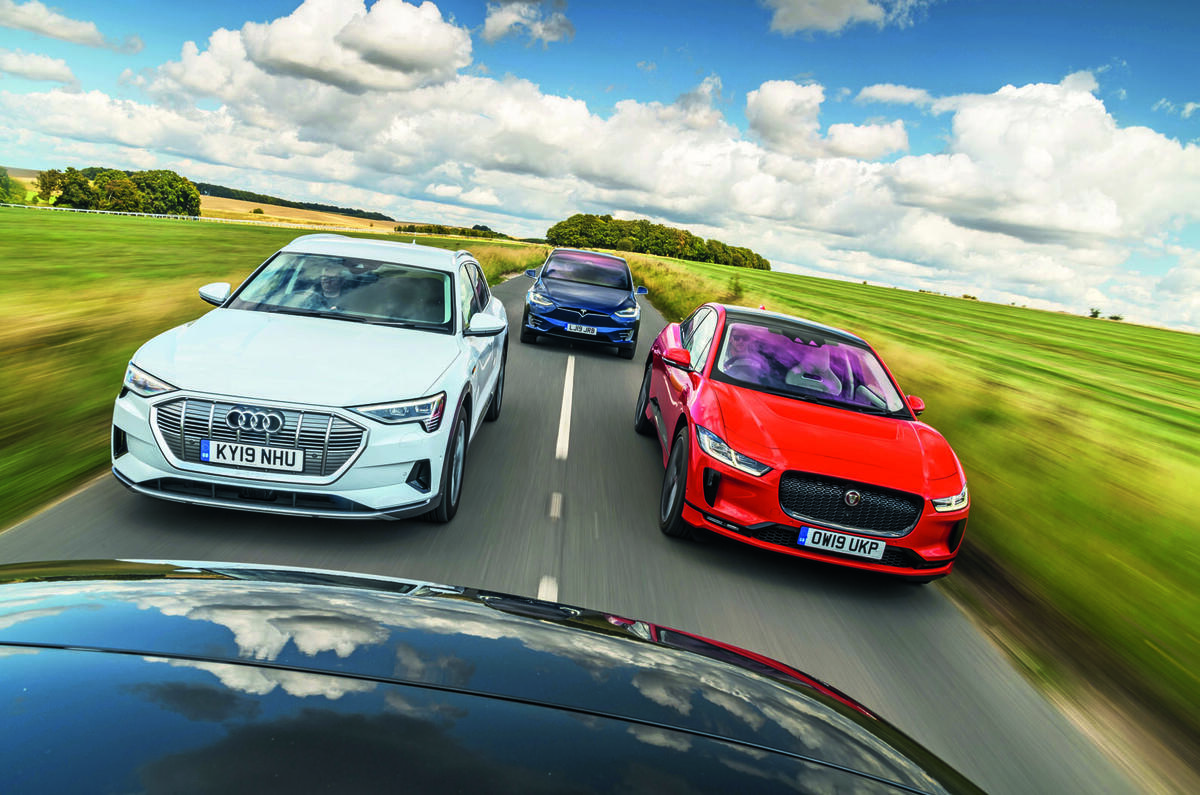
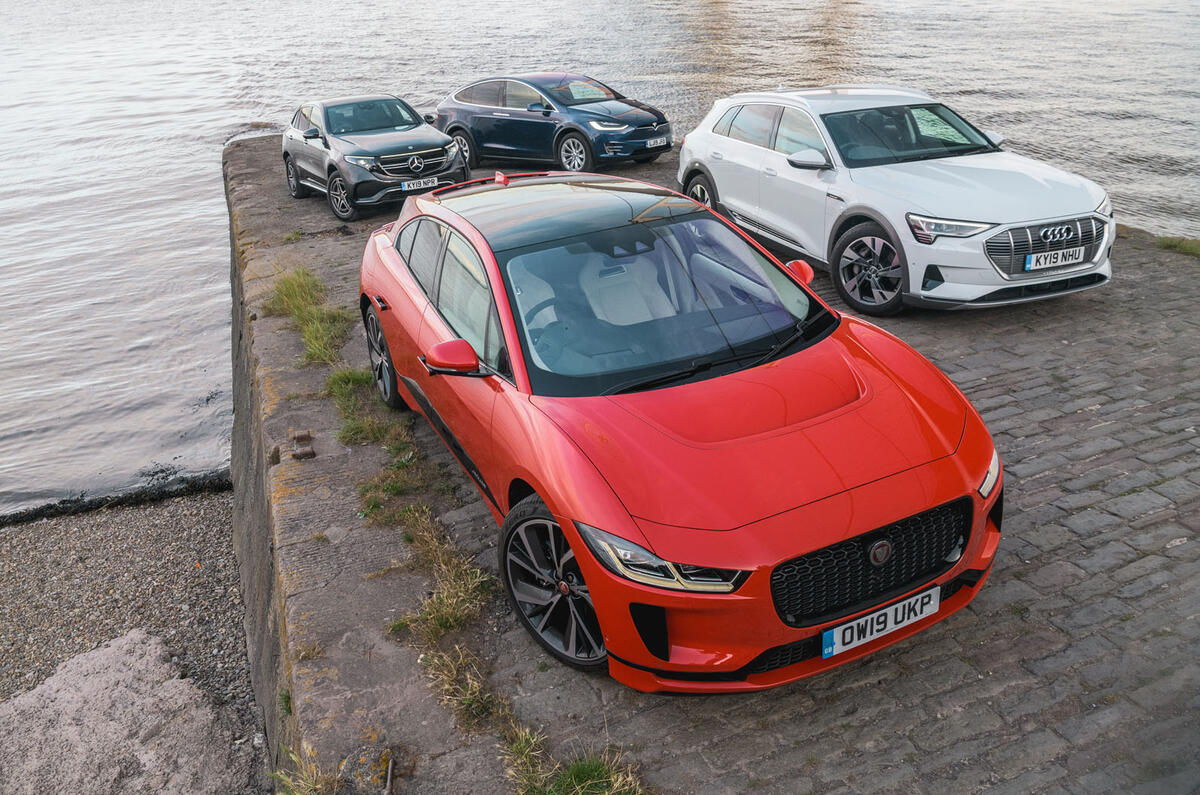
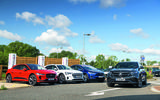
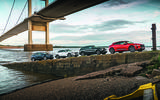
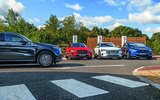
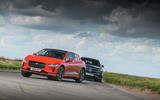
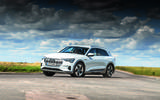



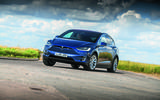

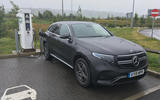
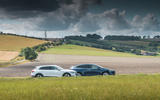
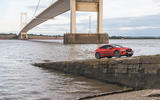


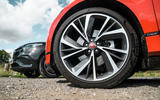
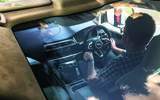



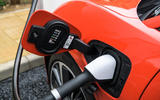
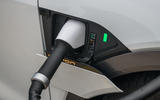
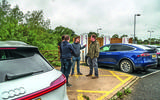
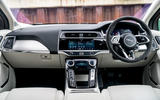
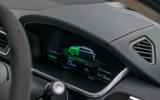

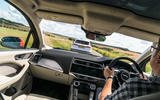

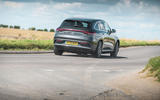
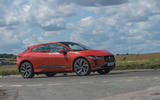
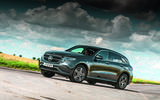
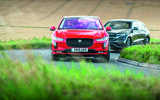
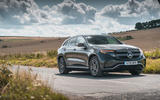

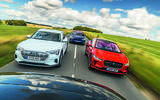


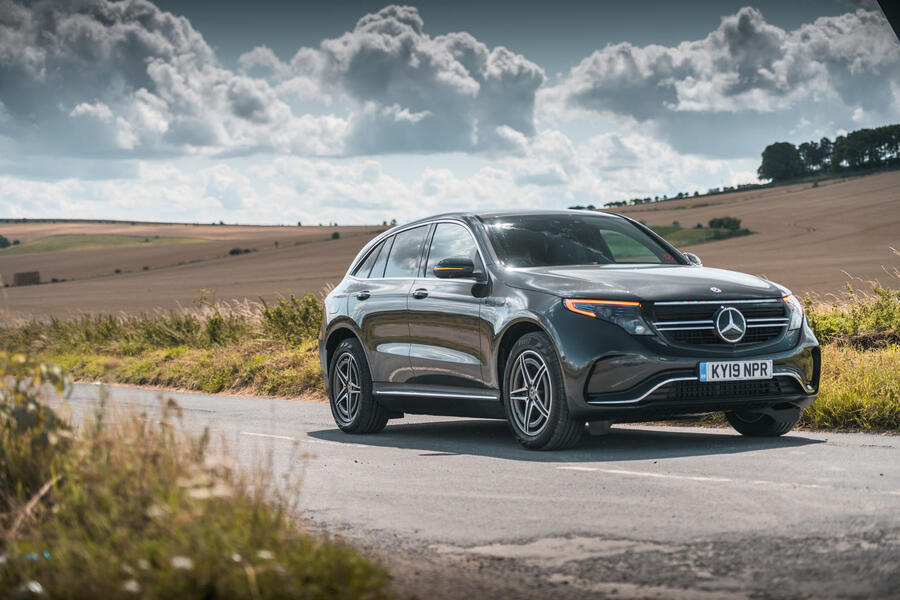
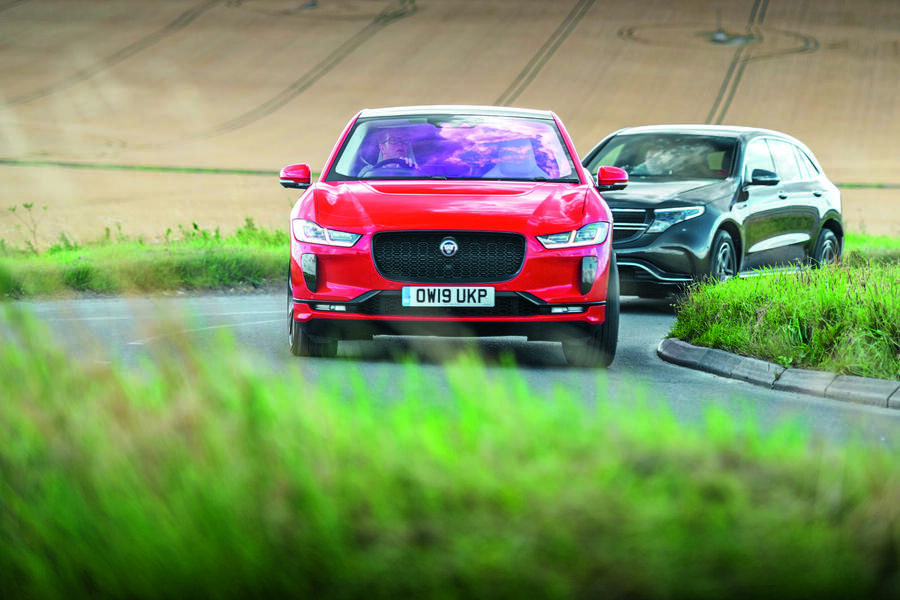
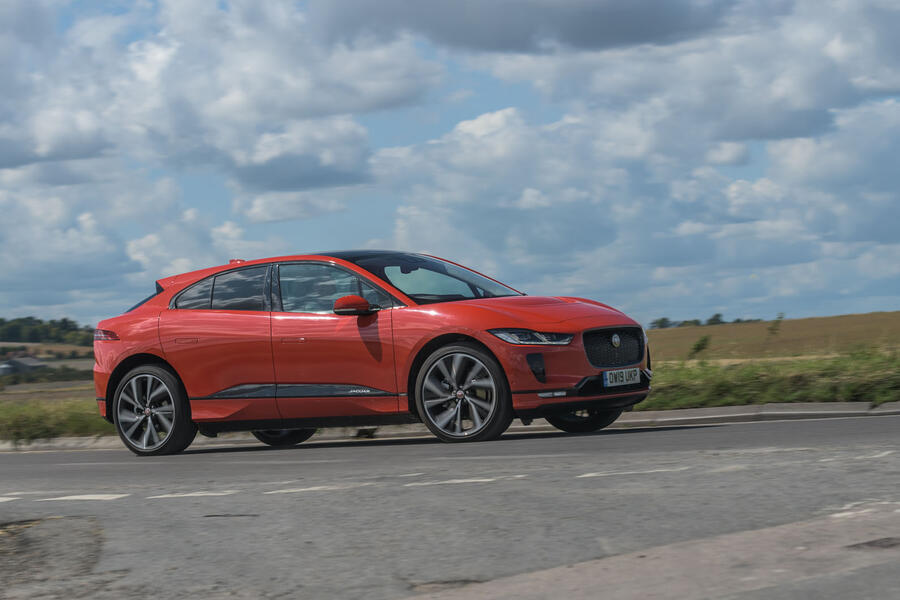
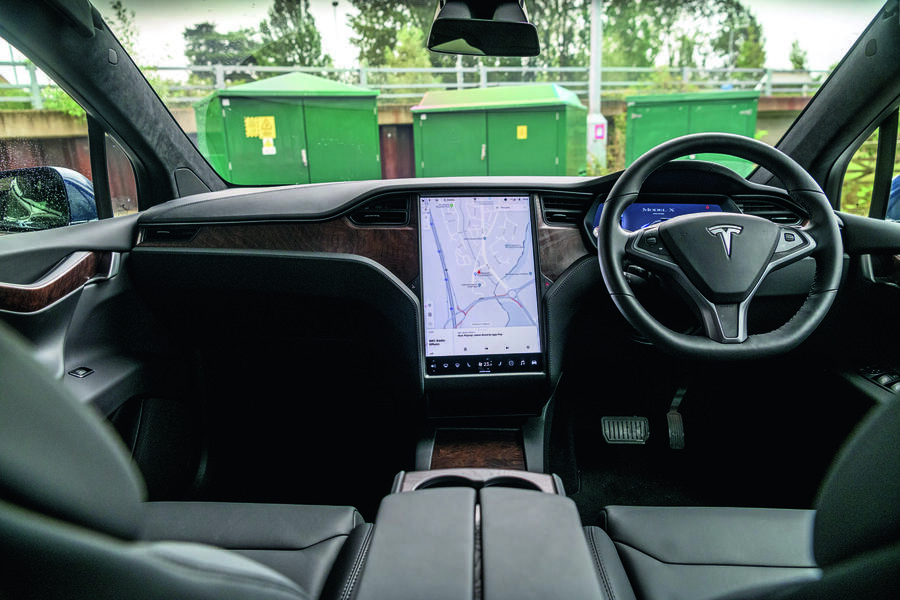
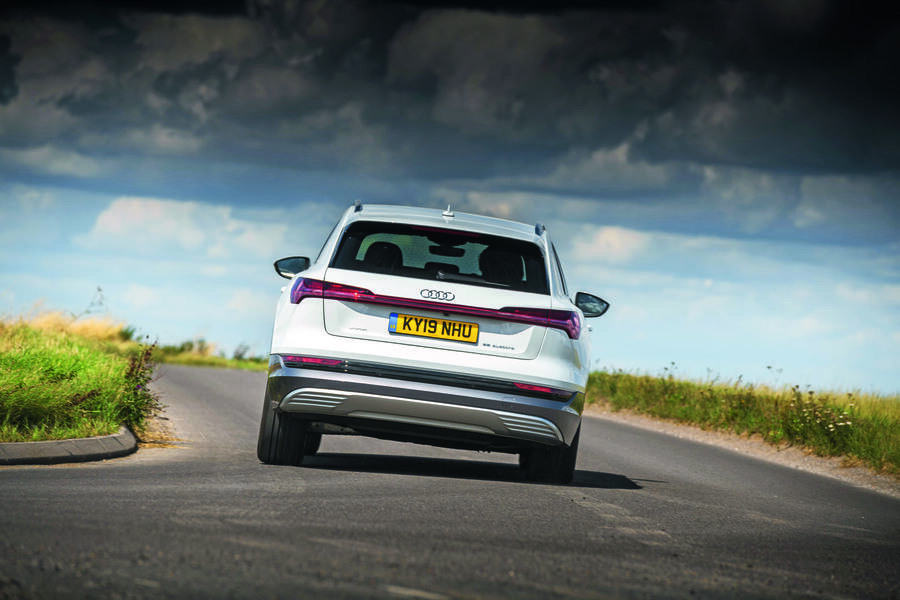
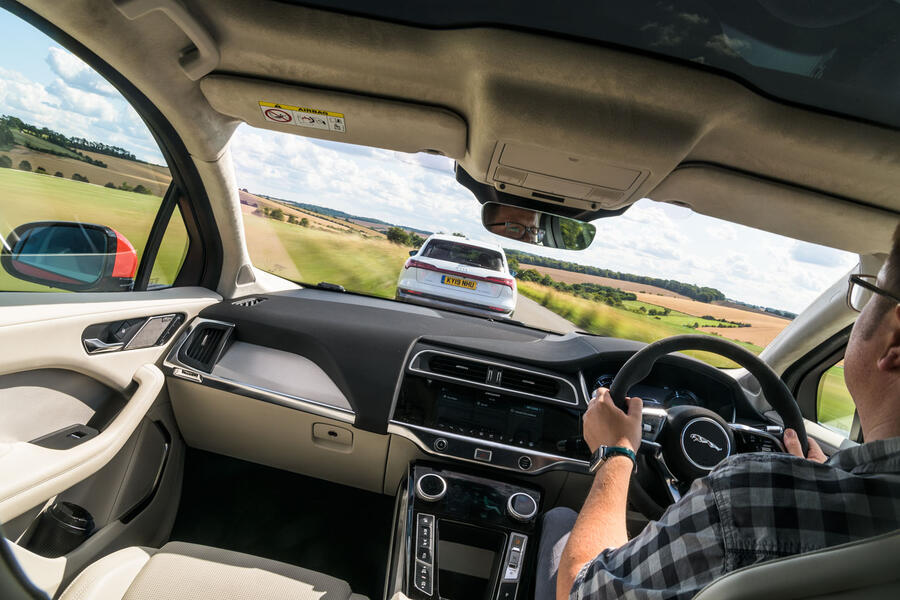
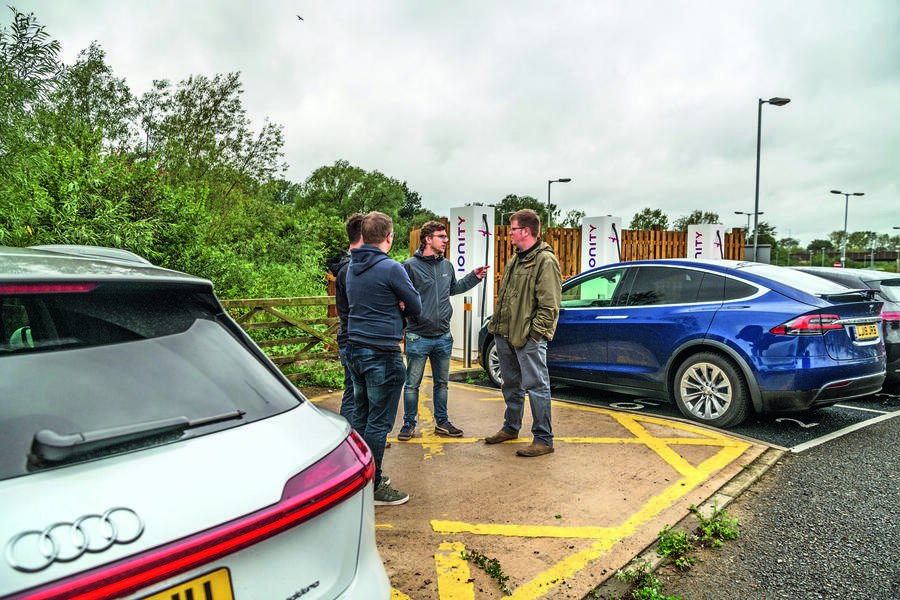
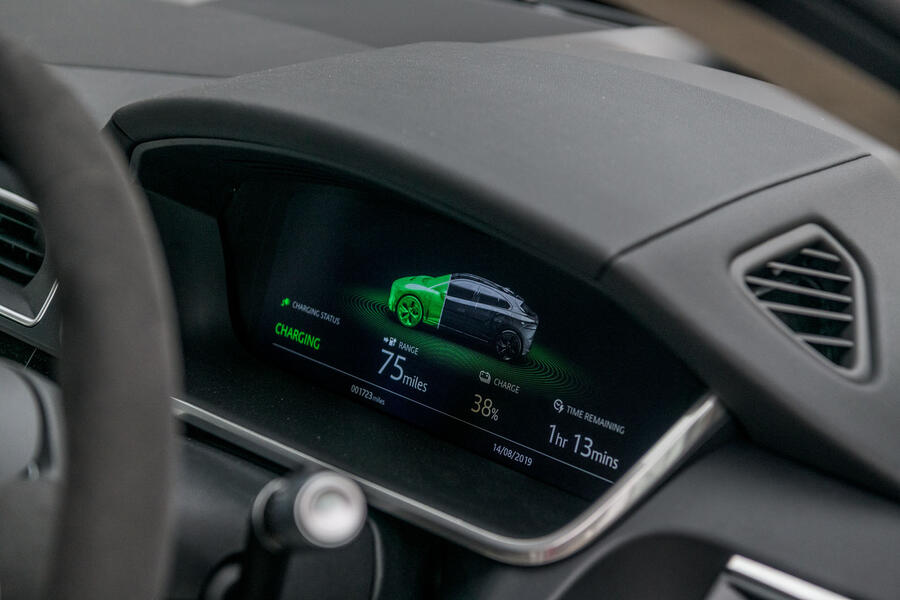
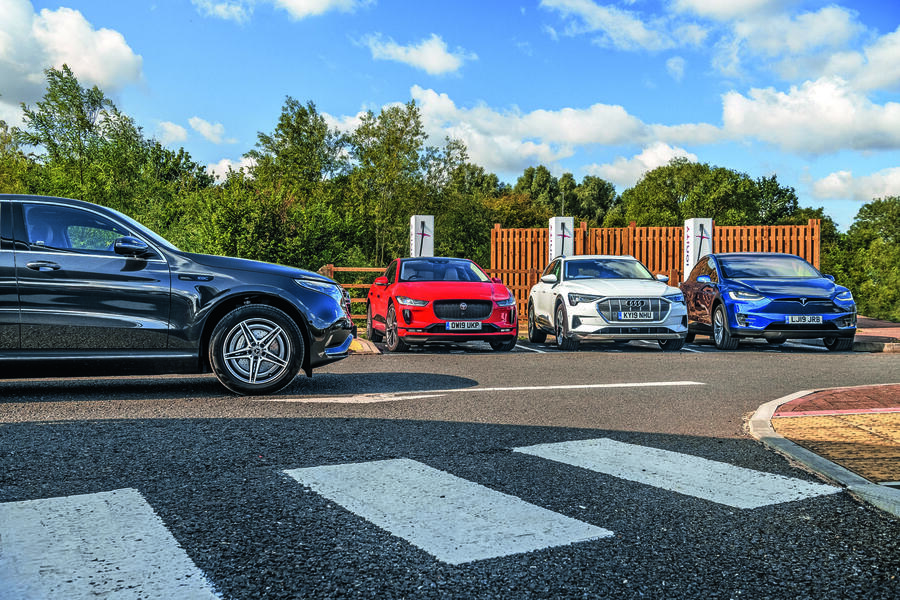
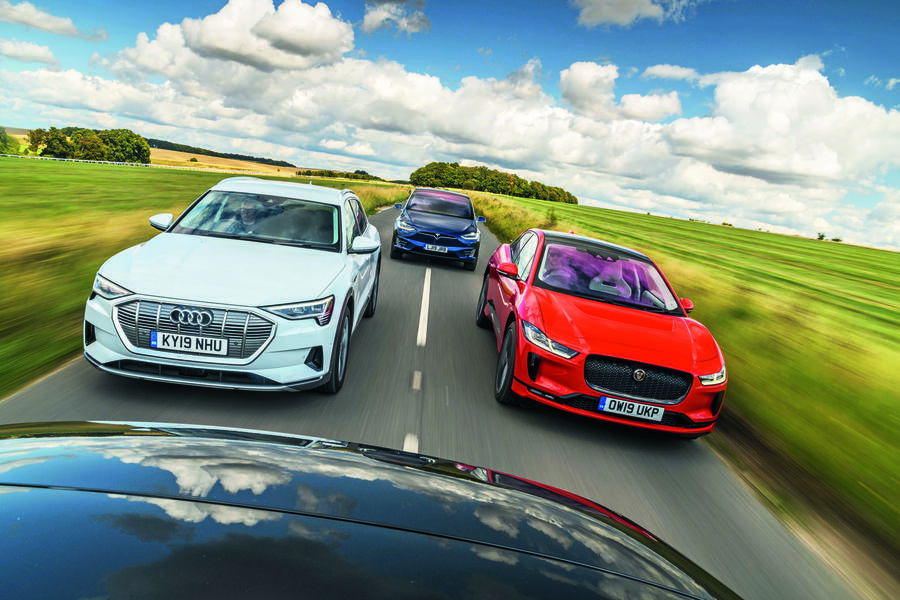
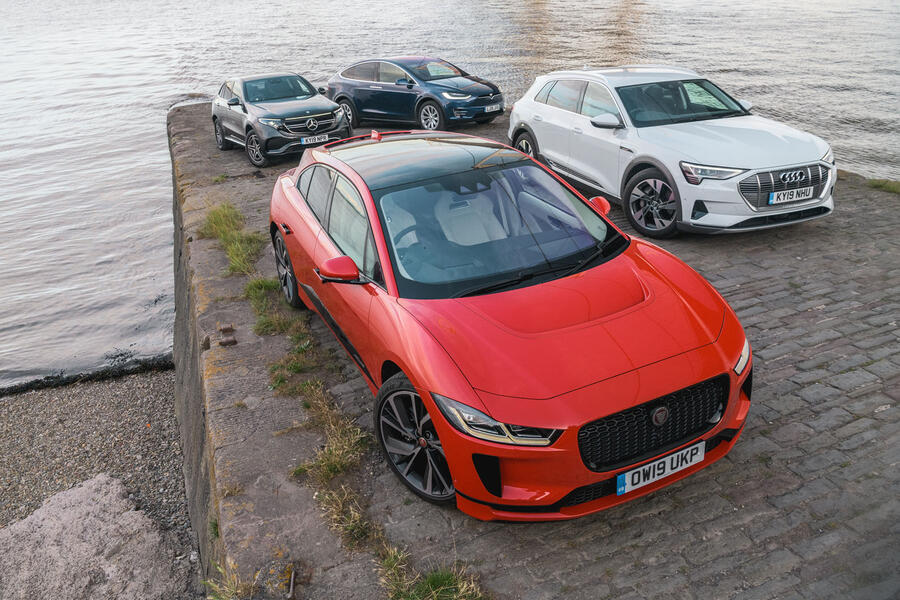
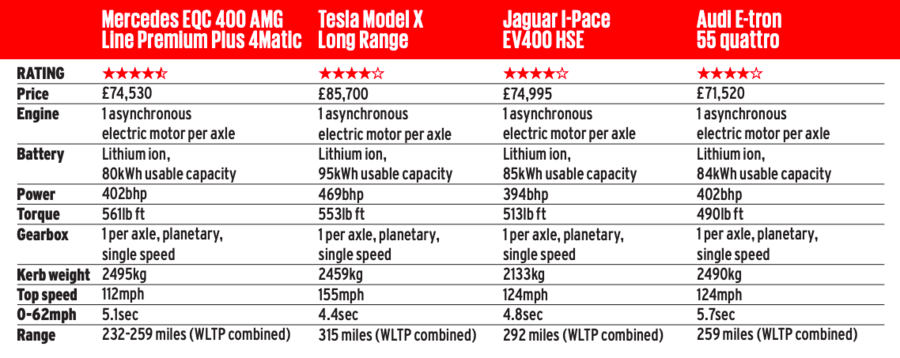
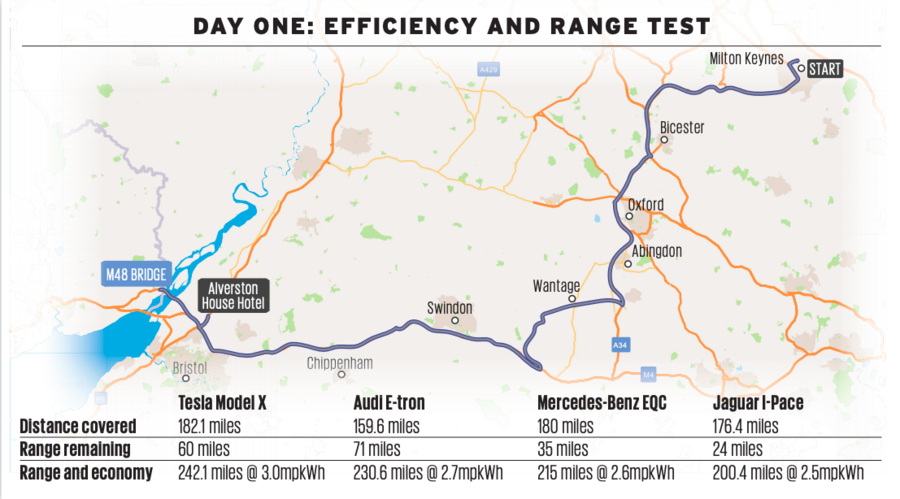
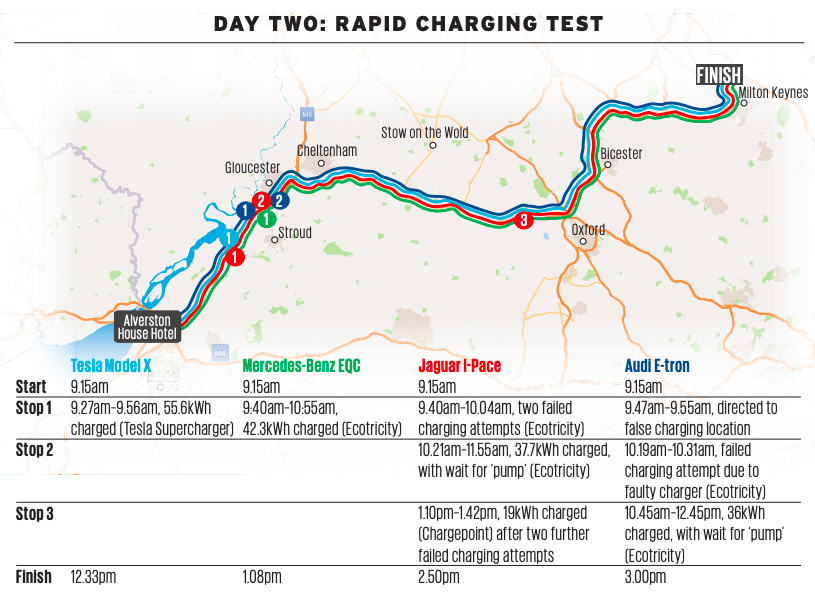






Join the debate
Add your comment
Chargers
Why would you wait in line for the charger at Gloucester services? There are about a dozen rapid chargers in the Gloucester area.
Grate motors , id have each
Battery exchange
NIO has decided to go for battery exchange which Tesla decided to abandon.
If we dont get solid state batteries in the near future then I believe the Chinese system will ultimately prove to be correct especially for Europe. I know it failed in Isreal but electric cars were viewed with sceptisism. Forget about buying cars They are a depreciating liability. Rent a car with an exchangeable battery and then you dont have to worry especially if a group like the AA can do a roadside exchange. The cars are basically good (I have tested a Tesla) BUT the charging infrastructure is nothing short of pathetic
I wonder if DYSON has seen sense because the big players dont seem to
sachael wrote:
Battery exchange is a terrible idea, which is why Tesla abandoned it.
Firstly, the design and integration of the battery is a key part of a company's competitive advantage, allowing swapping means all cars have to be the same size, weight and performance. It is much easier to get everyone to agree what a plug looks like.
Secondly, it is totally pointless, most people don't make that many long journeys beyond the range of a long range electric car hence why Tesla only needs around one supercharger per 200 cars.
Thirdly, charging up an electric car takes, 30 seconds, 15 to plug in and 15 to take it out. You don't have to go to a special place to do it, and you don't have to stand next to it while it charges. Most charging takes place at home while you do something else.
Over the course of the lifetime of the car you might actually spend less time refuelling an electric car.
Fourthly, a charging point is a really tiny bit of infrastructure you can fit to your house a battery swapper is a large piece of robotics and you have store plenty of batteries at the charge site
Fifthly nobody who matters is doing it
Sixthly renting a pool of batteries is more expensive than owning particulary when you factor in the cost of spares, stations, finance. See cost of hire car vs cost of regular car.
Most of the comments on this forum are basically the same as people back in 2008 who were saying that they don't like Iphones,
In 10 years you won't be able to get a new ICE car and you won't want to anyway.